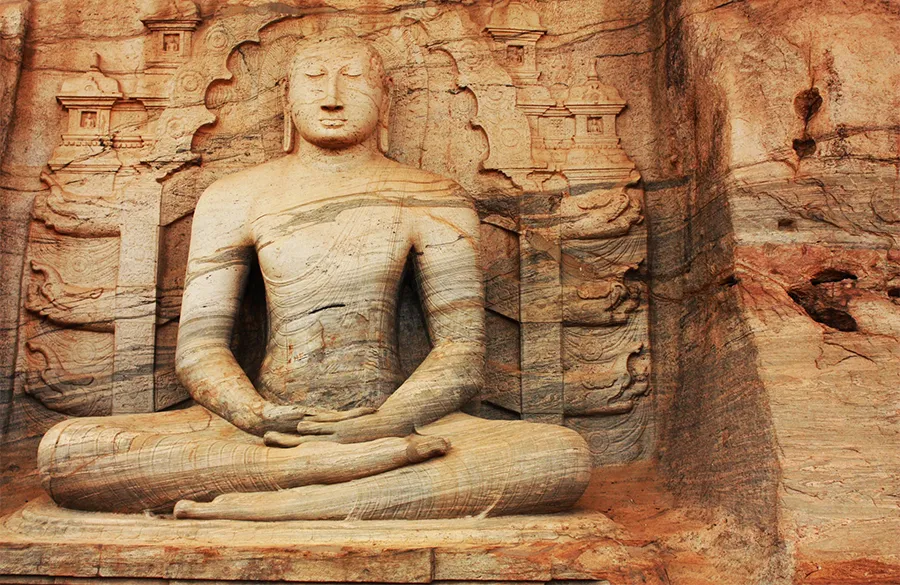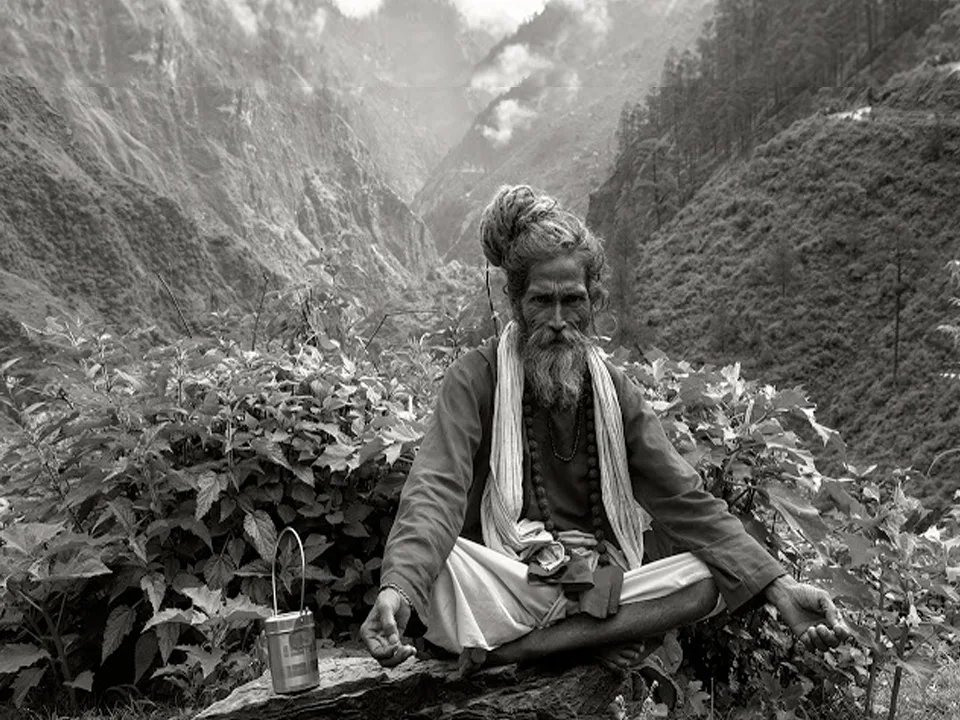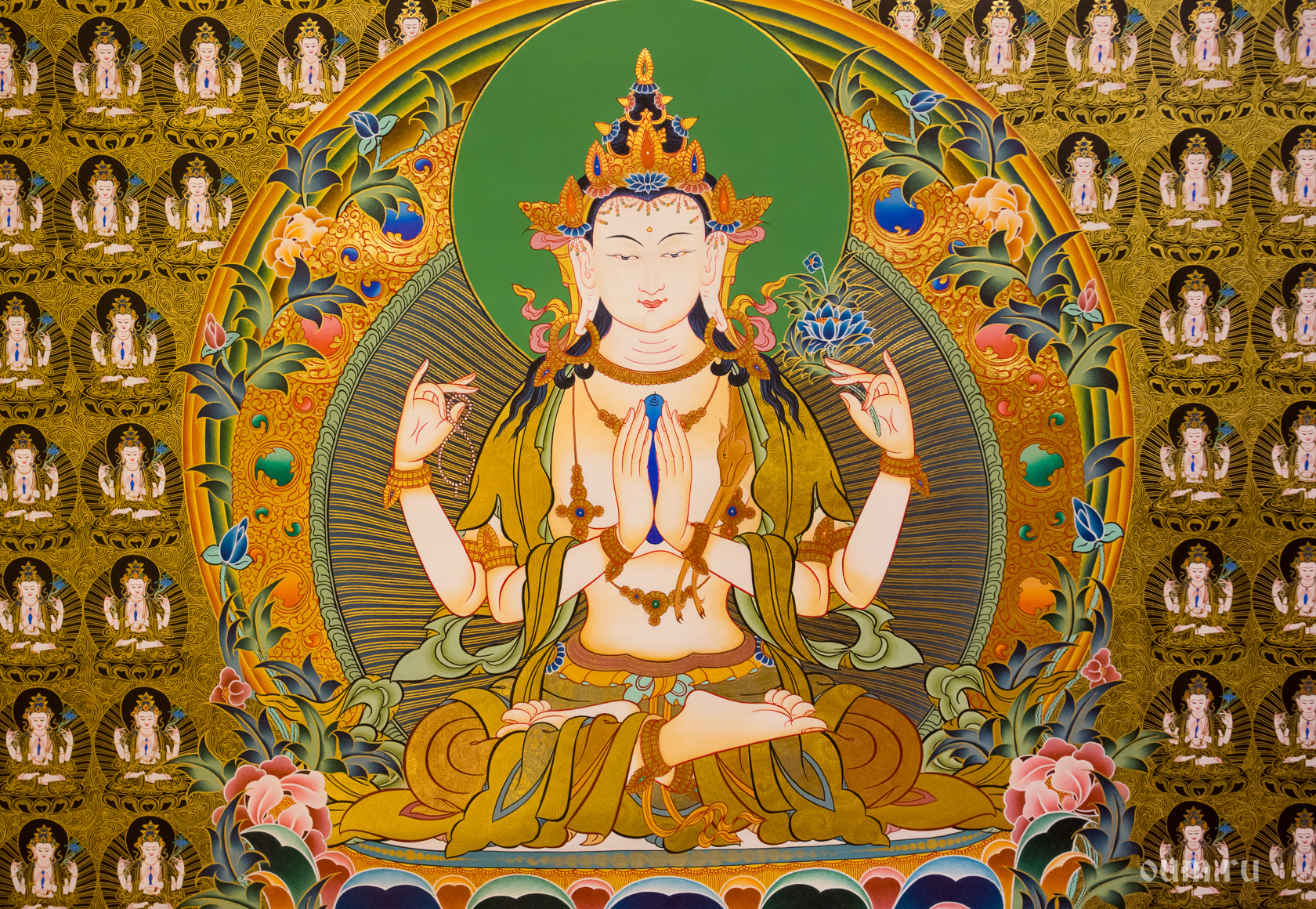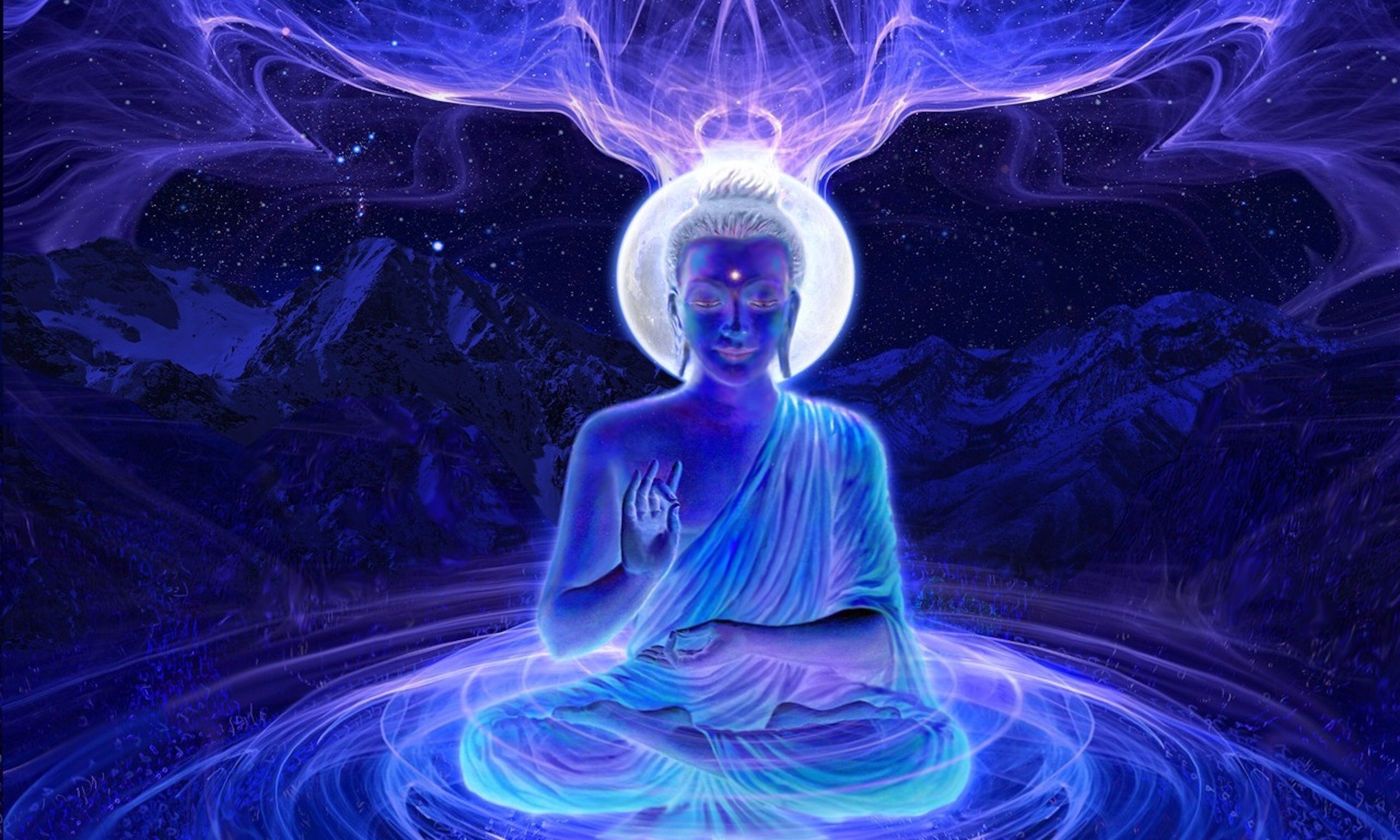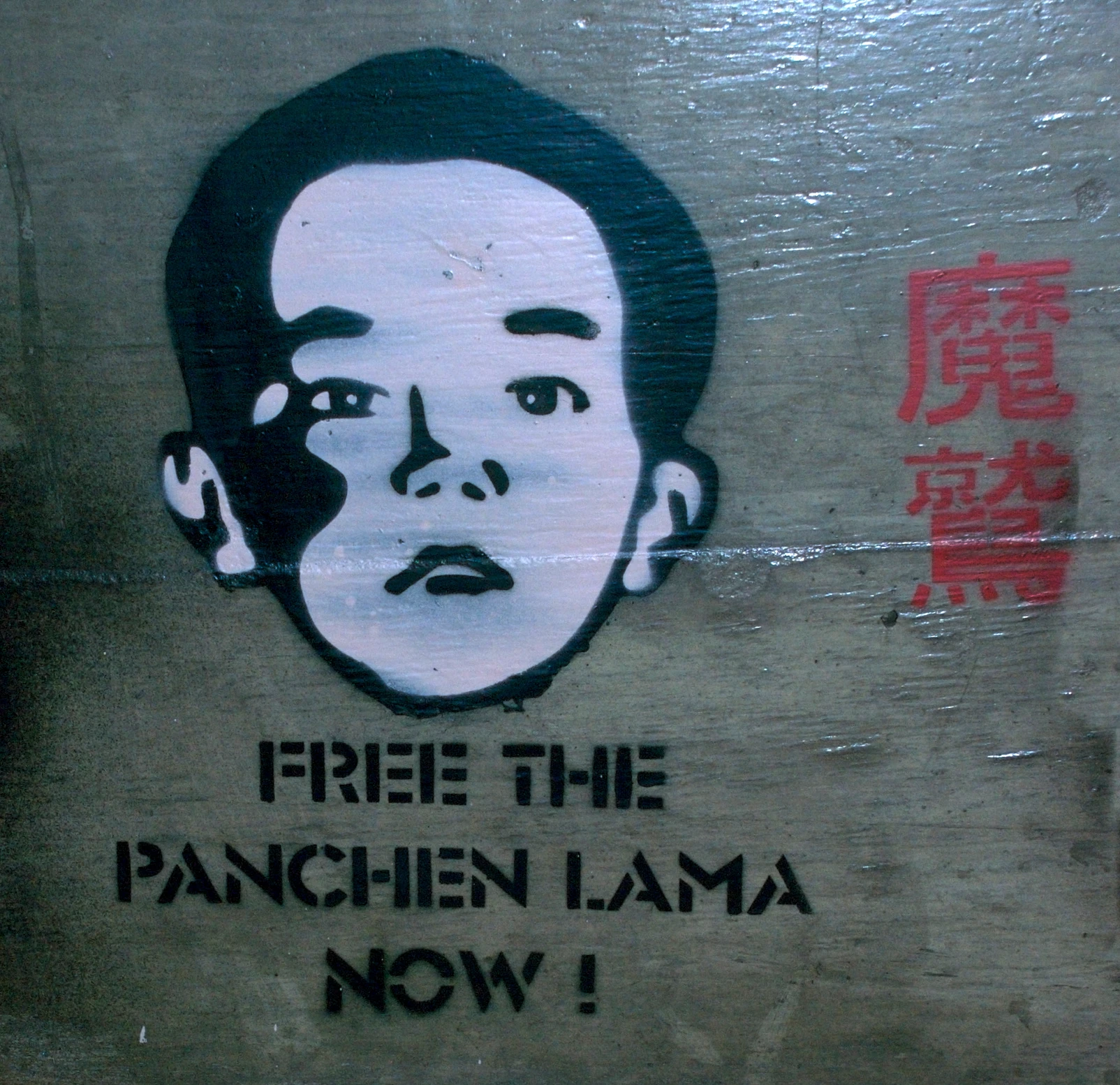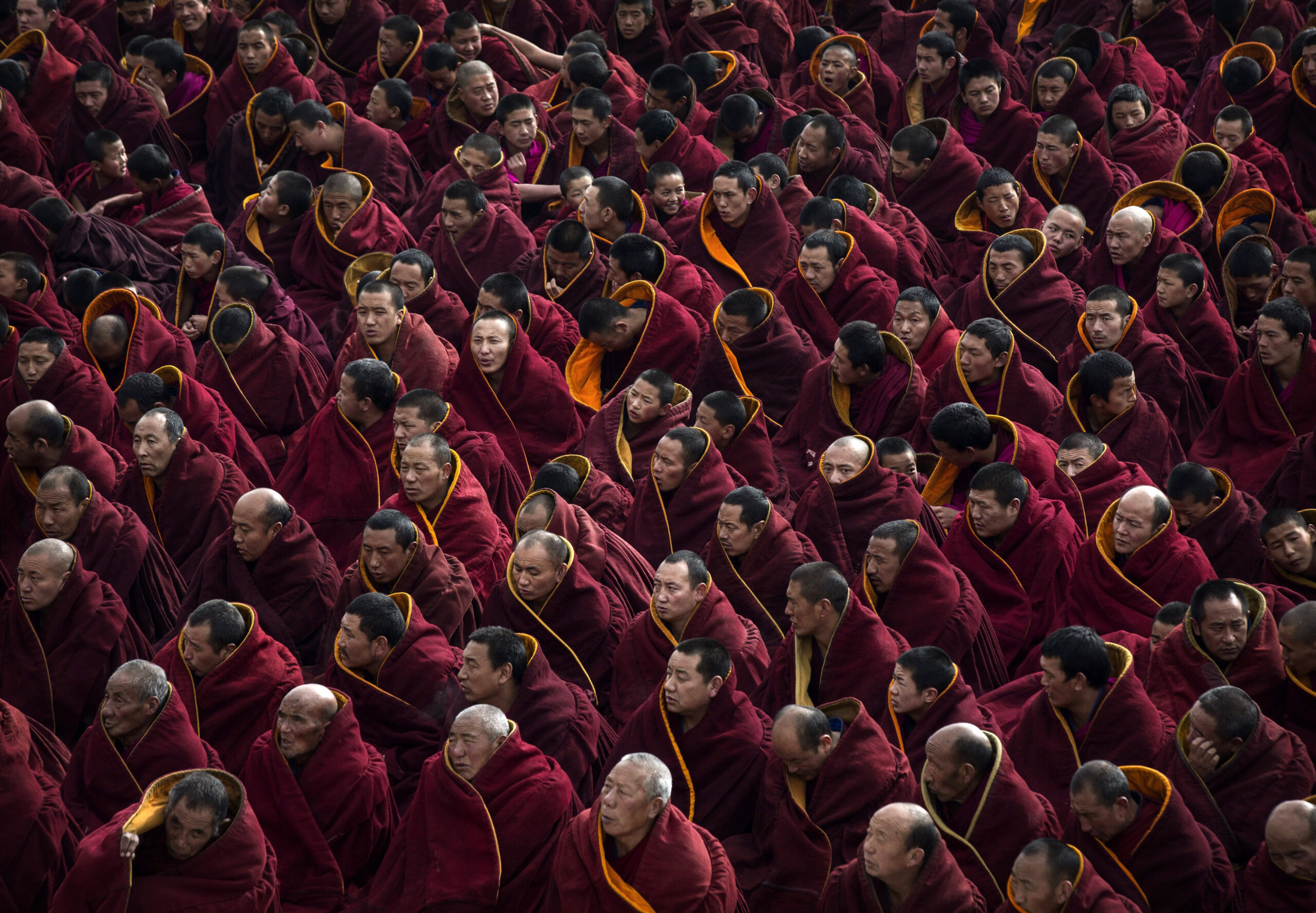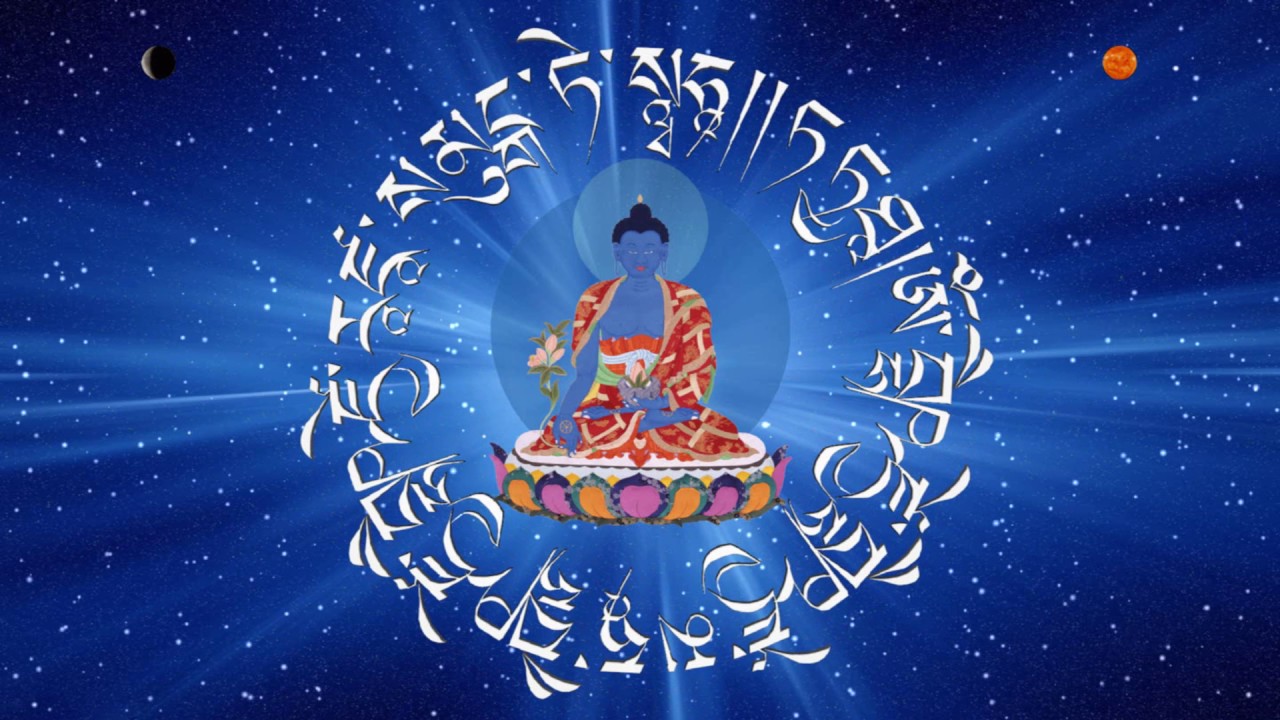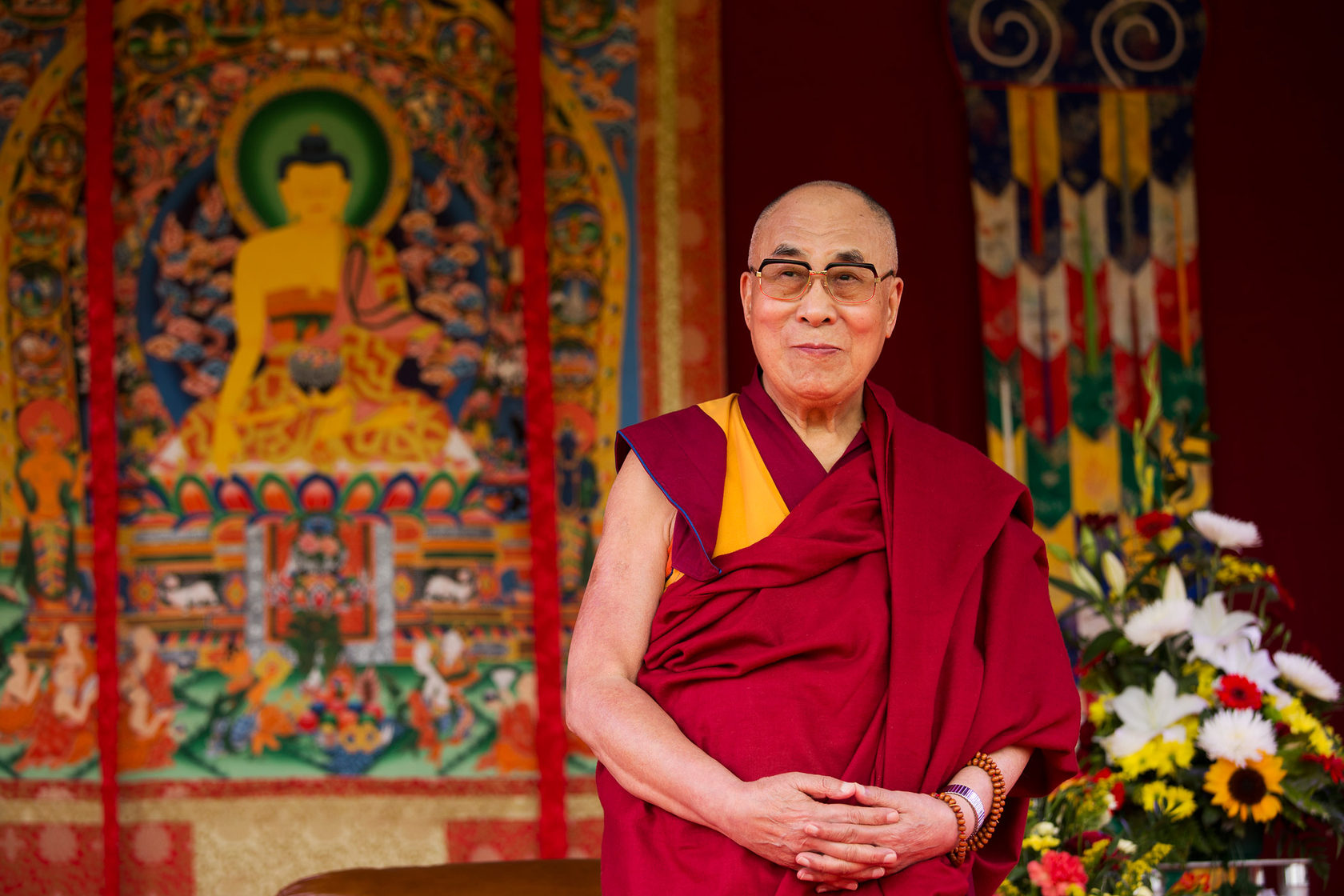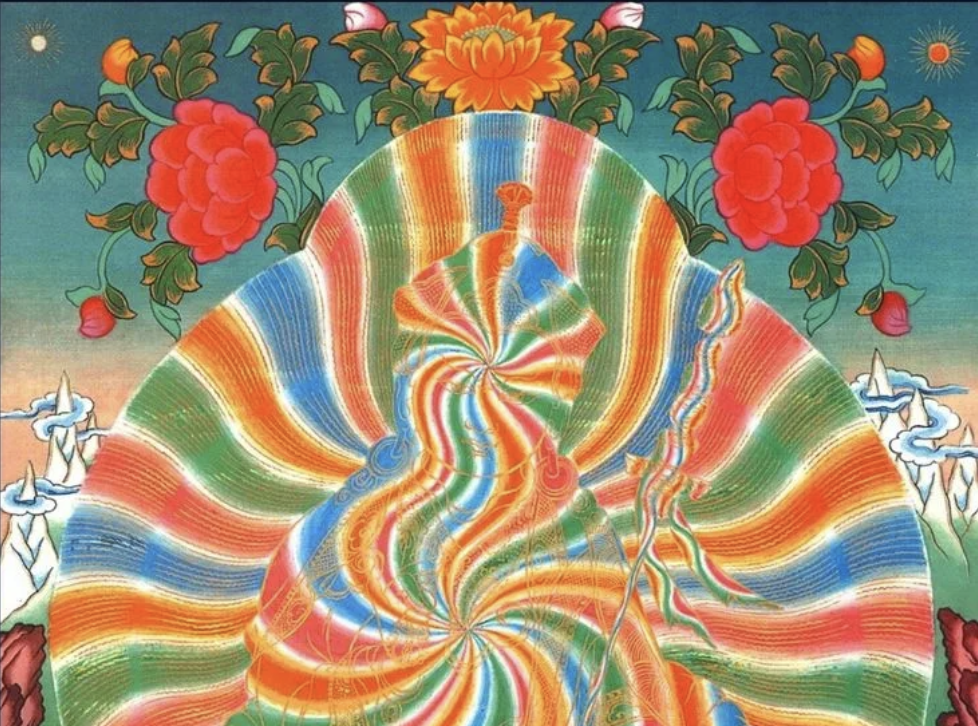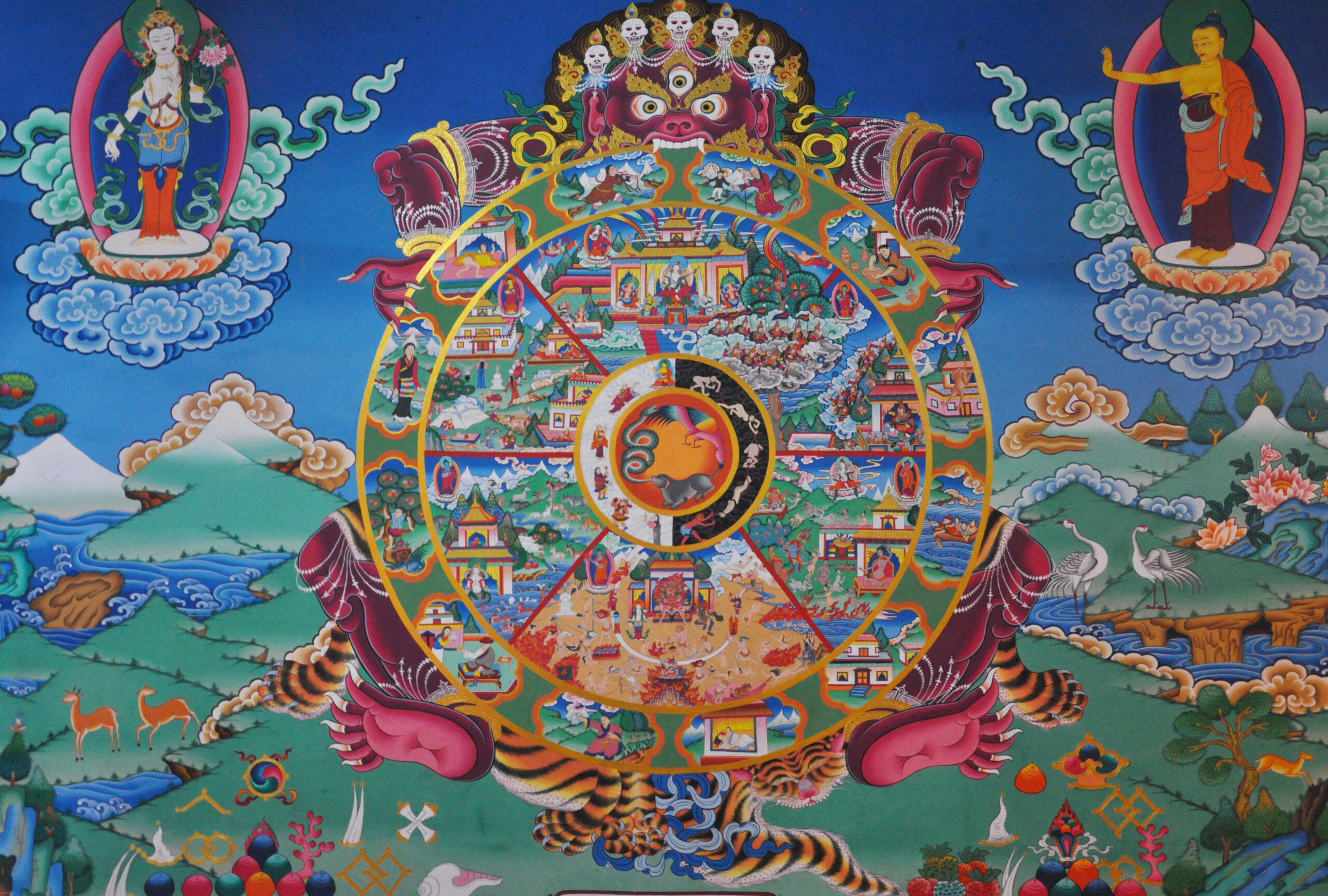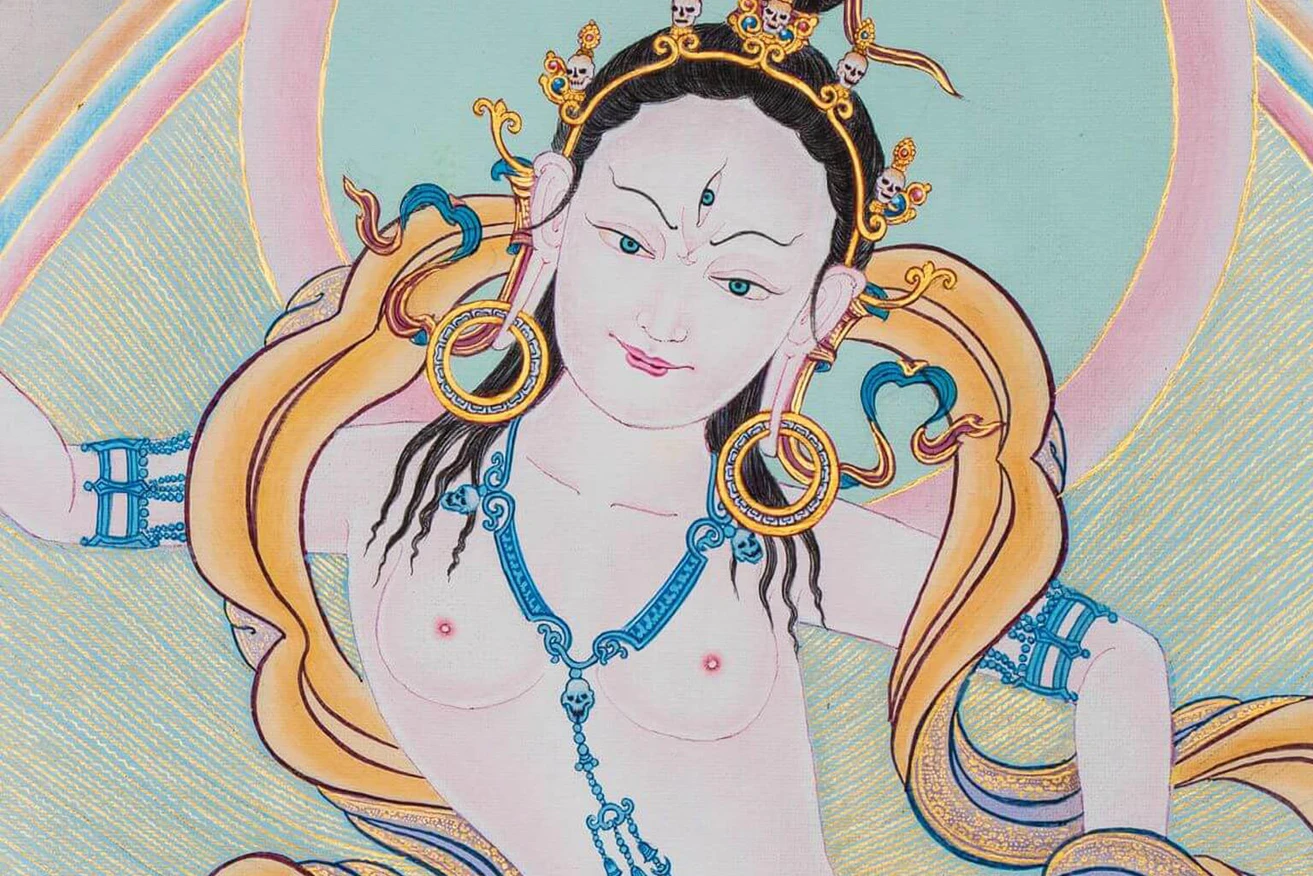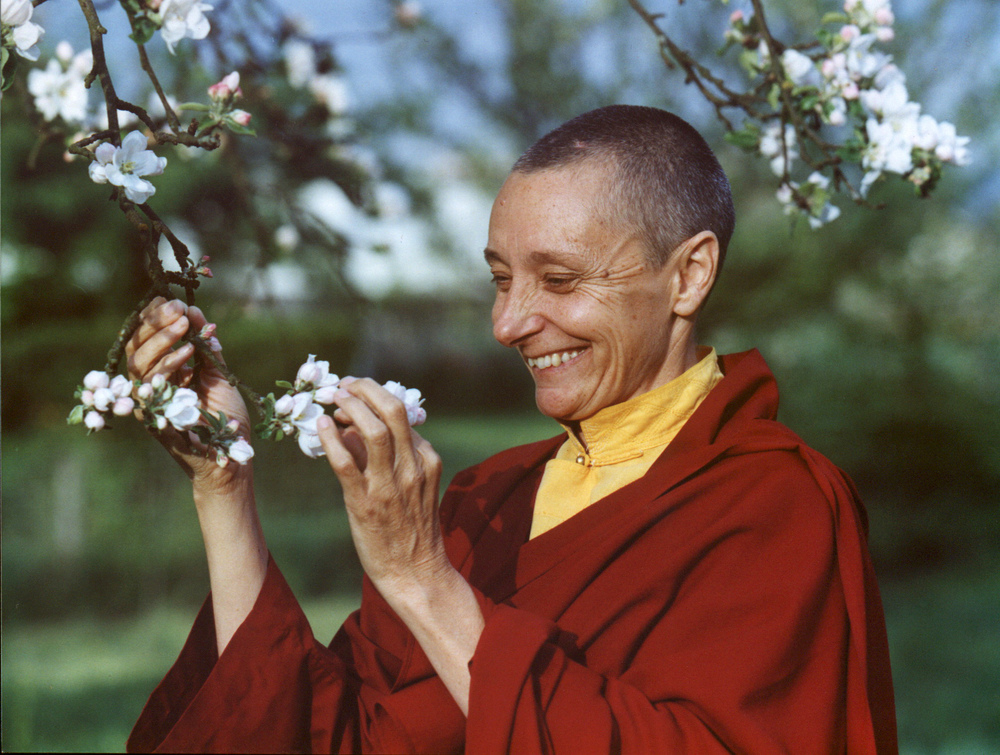
Jetsunma Tenzin Palmo – The Most Senior Western Tibetan Buddhist Nun Alive
In the landscape of Tibetan Buddhism, few figures stand as prominently in the quest for gender equality and the revival of the Togdenma lineage as Jetsunma Tenzin Palmo. Born Diane Perry in London, 1943, her journey from the bustling streets of the British capital to the serene, snowy peaks of

